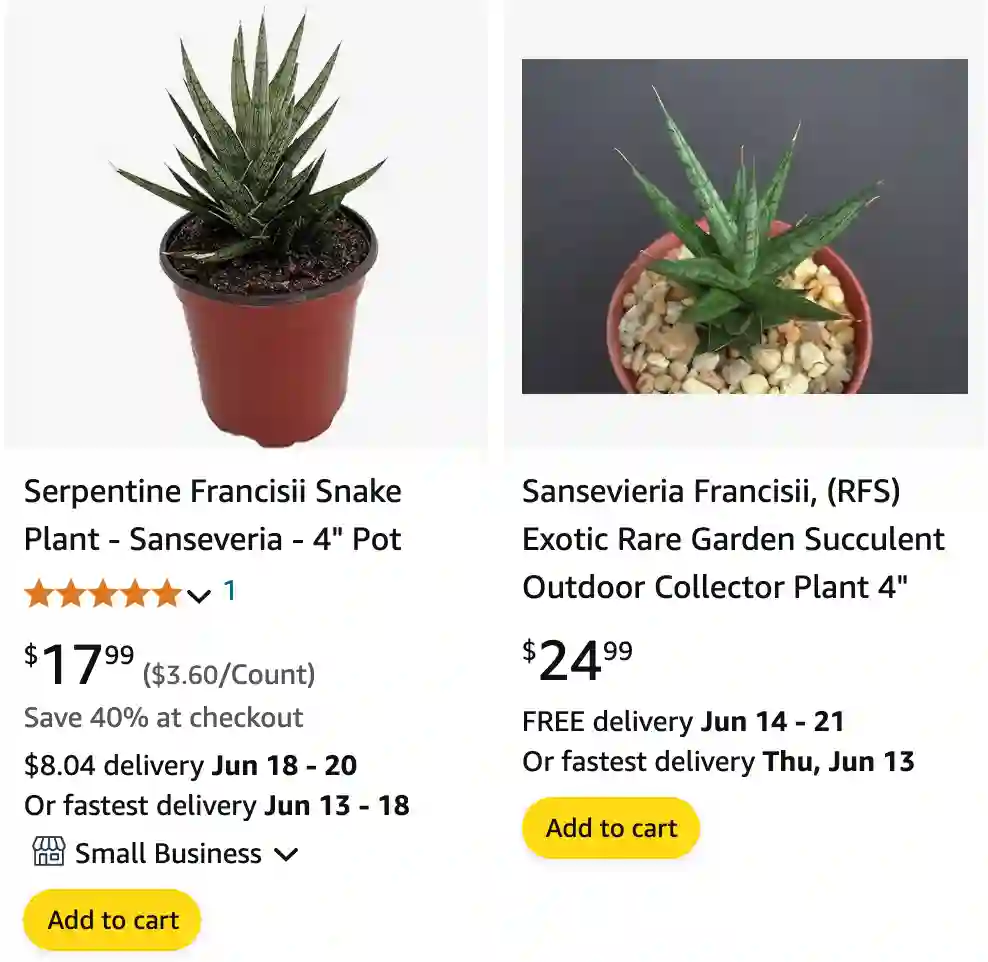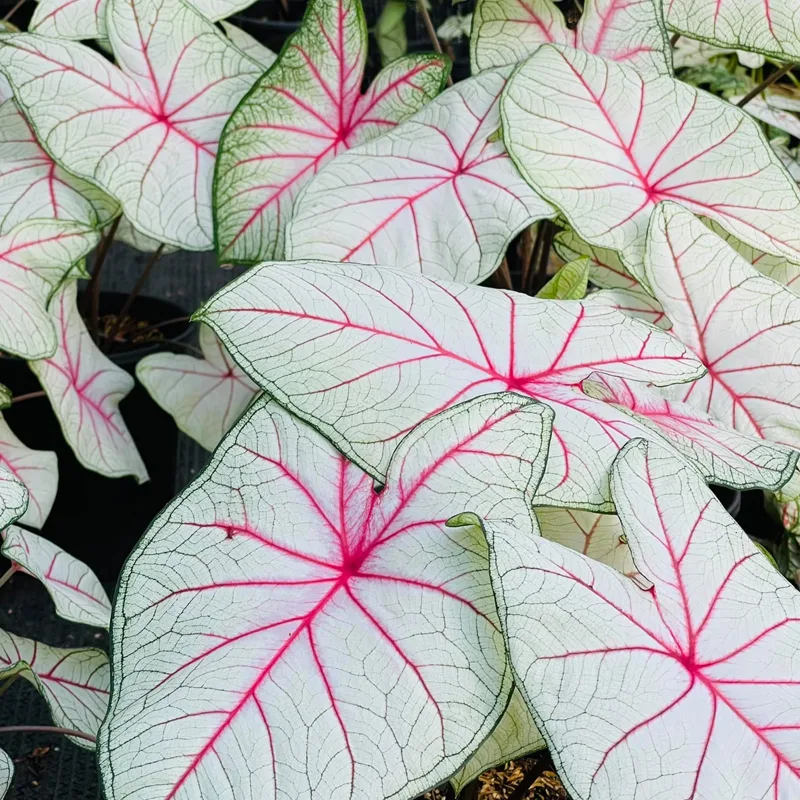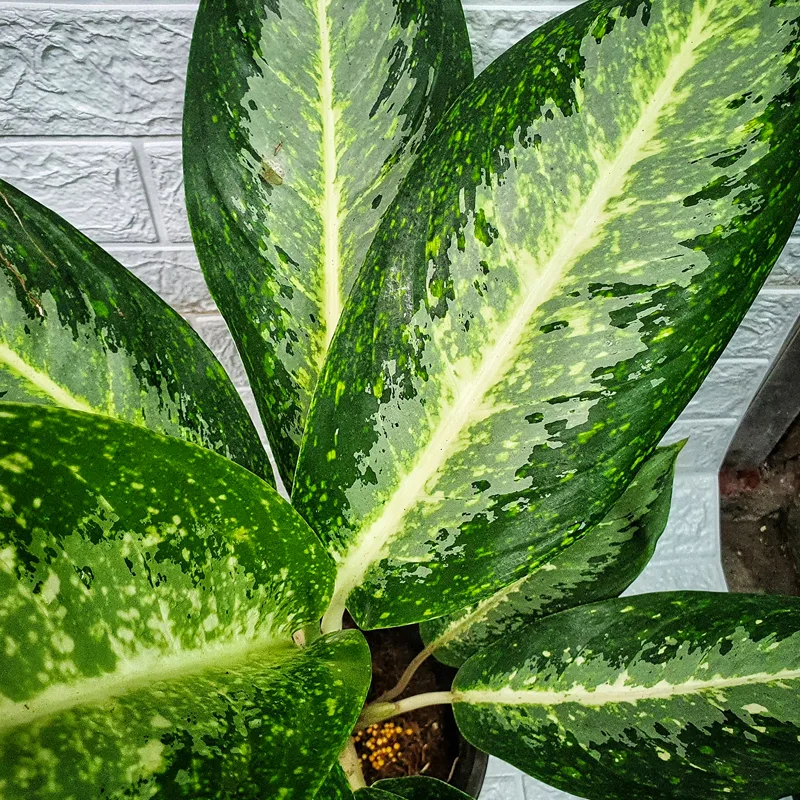
Sansevieria Francisii: Your Guide to the Unique Cylindrical Snake Plant
Hi, Ferb Vu here! Today, we’re diving into the fascinating world of the Sansevieria Francisii, a succulent with a personality all its own. Often called the Cylindrical Snake Plant, this spiky wonder brings a touch of architectural flair to any indoor space.
If you’re considering adding a Sansevieria Francisii to your plant family, you’ve come to the right place. This FAQ will answer all your burning questions about this low-maintenance beauty.
What Makes the Sansevieria Francisii Special?
The Sansevieria Francisii stands out with its unique cylindrical leaves. Unlike its flat-leafed cousins, this snake plant boasts thick, upright tubes that resemble a row of green soldiers. The leaves are a vibrant green adorned with darker green stripes, adding a touch of textural interest.
As the plant matures, the weight of the leaves can cause it to gracefully cascade, creating a dramatic visual effect. This cascading growth habit is why the Sansevieria Francisii is sometimes called the “Walking Snake Plant.”
Sansevieria Francisii vs. Other Snake Plants: What’s the Difference?
There are over 70 species in the Sansevieria genus, so it’s natural to wonder how the Francisii compares to its more common relatives. Here’s a quick breakdown:
- Leaves: The most striking difference is the leaves. The Francisii has cylindrical leaves, while most other snake plants have flat, sword-shaped leaves.
- Growth Habit: The Francisii’s tendency to cascade sets it apart from the upright growth of other snake plants.
- Light Requirements: Both varieties generally prefer bright, indirect light. However, some snake plants can tolerate lower light conditions better than the Francisii.
Is the Sansevieria Francisii Easy to Care For?
Absolutely! The Sansevieria Francisii is a dream come true for busy plant parents. Here’s what you need to know:
- Watering: This succulent thrives on neglect. Water only when the soil is completely dry to the touch. Overwatering is the leading cause of problems.
- Light: Bright, indirect light is ideal. Avoid harsh, direct sunlight, which can scorch the leaves.
- Soil: Choose a well-draining cactus mix to prevent root rot.
- Fertilizer: Feeding isn’t necessary, but a light application of balanced fertilizer once a year during spring can encourage growth.
How Big Does the Sansevieria Francisii Get?
The Sansevieria Francisii is a slow grower, typically reaching a mature height of 12-18 inches. However, with proper care, it can reach upwards of 2 feet over time.
Can I Propagate the Sansevieria Francisii?
Yes, you can! The easiest method is through leaf division. Here’s how:
- Choose a healthy, mature leaf.
- Sharpen a knife and sterilize it with rubbing alcohol.
- Cut the leaf horizontally into sections, each containing a growth node (the small bump on the leaf).
- Allow the cuttings to callous over for a few days.
- Plant the cuttings in well-draining soil, keeping the end with the growth node slightly buried.
- Water sparingly and wait patiently for new growth to emerge.
Common Problems with Sansevieria Francisii
Thankfully, the Sansevieria Francisii is a resilient plant. However, two main issues can arise:
- Overwatering: This is the most common problem. Yellowing leaves, mushy stems, and stunted growth are signs of overwatering. Let the soil dry completely between waterings.
- Pests: Mealybugs and spider mites can occasionally be a problem. Neem oil spray is a natural and effective solution for these pests.
Conclusion: Embrace the Cylindrical Wonder!
The Sansevieria Francisii is an architectural gem for your home. With its unique cylindrical leaves and low-maintenance nature, it’s the perfect plant for busy individuals or those new to the plant parenthood journey. So, give the Cylindrical Snake Plant a try and add a touch of spiky elegance to your space!
If i die, water my plants!



